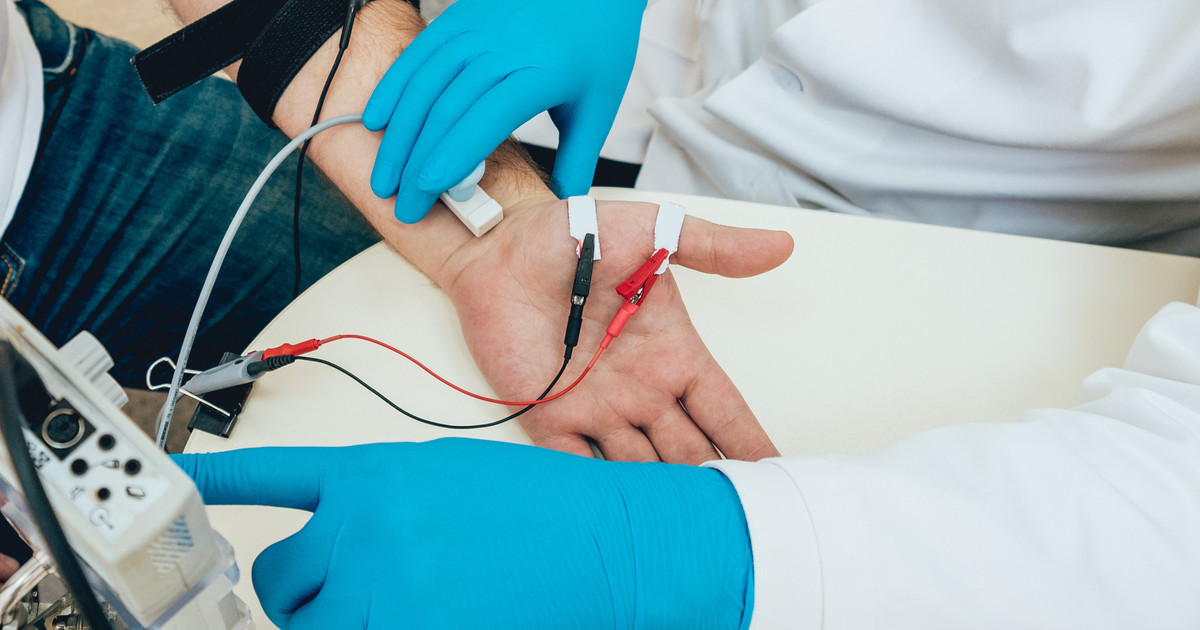Guide To Diagnosing And Treating Guillain-Barre Syndrome
Guillain-Barre syndrome is a rare autoimmune disorder in which the immune system attacks the nervous system. The initial symptoms tend to be tingling and feelings of weakness in the extremities. It is common for the weakness to spread throughout the body, eventually leading to total paralysis. While scientists have not yet found the cause of the condition, more than half of all patients report that they have an infection within six weeks of developing their first symptoms.
Although there is no cure for Guillain-Barre syndrome, there are some ways to treat it. Guillain-Barre syndrome treatments almost always include a trip to the hospital. After all, the most severe form of the condition is a medical emergency. Hospital treatment improves the patient's condition. Afterward, they often face natural remedies, including physical therapy for Guillain-Barre syndrome.
Electromyography

When the disease has not progressed yet, doctors can have a hard time diagnosing the cause of tingling and weakness. Typically, a physical exam will be done first. An electromyography test might be recommended after the doctor examines a patient's medical history. These tests, which are more commonly known as EMGs, are done to diagnose conditions that affect the muscles and nerves. They give doctors a more in-depth view of the strength of muscle and nerve connections. This helps doctors determine if the root cause of an issue is in the muscles or the nervous system.
Electromyography tests measure the activity of motor neurons, which are the nerves that cause muscle contractions. The electrodes on the machine turn the electric pulses into graphs or sounds. A specialist will look at the graph and interpret it. While this procedure is being done, needles are inserted into the muscle being examined. The electrode in the needle records all electrical activity happening. This test will also involve a nerve conduction study, which occurs when electrodes are placed against the skin.
Continue reading to learn more about diagnosing Guillain-Barre syndrome now.
